This article explores the science and user experiences behind using Aloe Vera for dandruff, helping you understand:
- Whether Aloe Vera can actually help with dandruff.
- How Aloe Vera might work to reduce flakes and itchiness.
- What real users are saying about their experiences.
Aloe Vera may offer a natural way to manage dandruff due to its antifungal and anti-inflammatory qualities. Research and user experiences suggest it can be beneficial, especially for mild cases, but results vary.
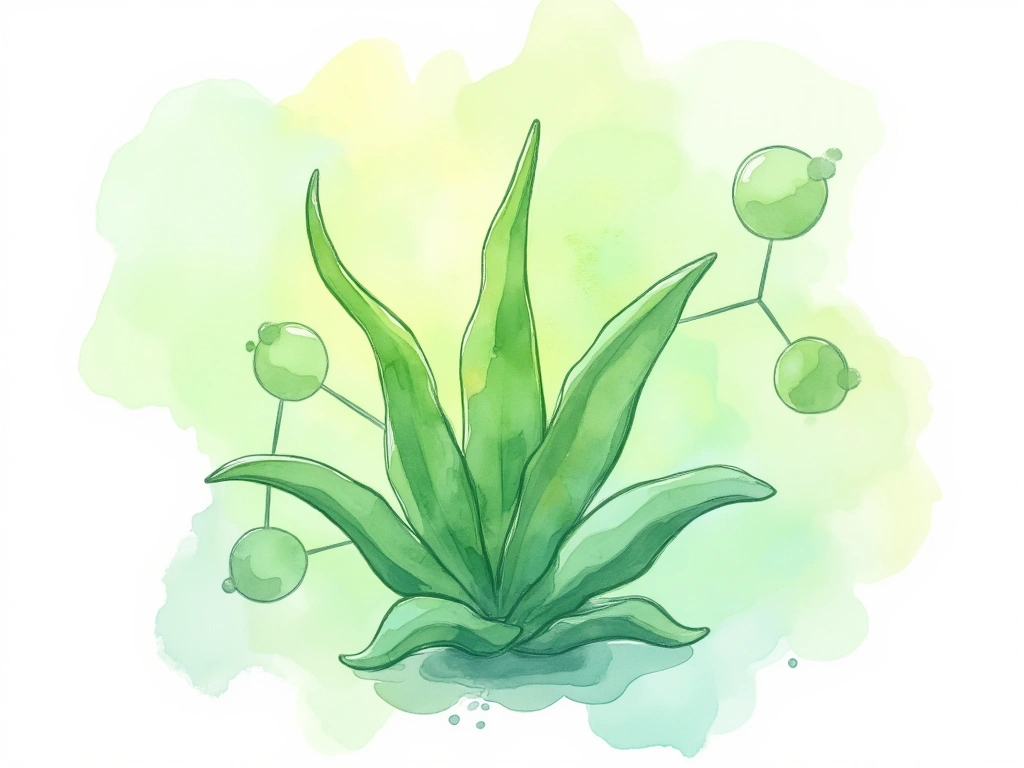
The Science Behind Aloe Vera and Dandruff
Research suggests Aloe Vera could be a helpful remedy for dandruff, mainly because of its antifungal and anti-inflammatory properties [1]. While more studies are needed specifically on dandruff, existing evidence points towards its effectiveness, particularly for conditions related to dandruff like seborrheic dermatitis [2].
How Aloe Vera Targets Dandruff
Dandruff is often linked to a fungus called Malassezia furfur. Scientists believe Aloe Vera works by fighting this fungus [3] and reducing scalp inflammation.
One clinical study tested an Aloe Vera emulsion on people with seborrheic dermatitis. The results showed that Aloe Vera significantly decreased scalp scaling and itching in these patients [2]. Since dandruff is considered a milder form of seborrheic dermatitis, these findings suggest Aloe Vera could be beneficial for dandruff too.
Important Detail: How to Use It
Studies have used Aloe Vera extracts and emulsions, often at high concentrations [3, 2]. However, more research is needed to understand the best ways to use Aloe Vera at home, like with gels directly from the plant.
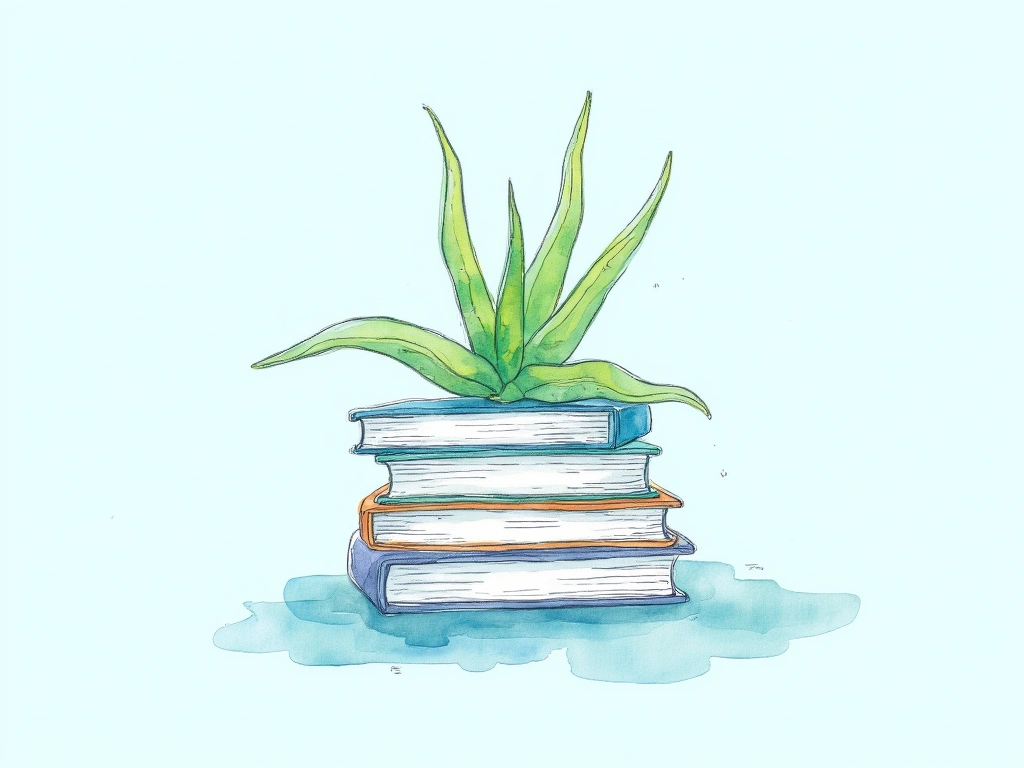
A Deeper Dive into Research on Aloe Vera for Dandruff
A comprehensive review examined several academic studies to understand how well Aloe Vera (specifically Aloe barbadensis Miller) works for dandruff. Dandruff is a common condition where dead skin cells shed from the scalp, often related to seborrheic dermatitis, a more inflammatory skin problem. Aloe Vera, traditionally used for healing, is being looked at for its ability to manage scalp issues. This review combines findings from credible studies to give a detailed understanding of Aloe Vera’s potential benefits and limitations.
Research Methods
To gather information, researchers looked through databases like PubMed, Google Scholar, and ScienceDirect. They searched for terms like “Aloe Vera,” “dandruff,” “seborrheic dermatitis,” “Malassezia,” and “antifungal activity.” They focused on studies published in peer-reviewed journals, written in English, and relevant to Aloe Vera’s effects on dandruff or similar conditions. The studies were then carefully analyzed for their methods, results, and conclusions.
Key Research Findings
The review found important studies highlighting Aloe Vera’s potential for dandruff treatment:
Aloe Vera’s Antifungal Abilities
- Study by Fozouni et al. (2018): This research tested Aloe Vera extract against Malassezia furfur fungus that was resistant to a common antifungal drug (clotrimazole). The results were promising: Aloe Vera effectively stopped fungal growth, especially at higher concentrations. At a concentration of 250 mg/mL, it created a significant zone of inhibition (25mm) against resistant fungal strains. The study also found that Aloe Vera could prevent 89% of fungal isolates from growing at a certain concentration level, suggesting it can act as an antifungal agent against dandruff-causing fungi [3].
- Makerere University Dissertation (2014): A dissertation with the title “Antifungal activity of Aloe Vera on Pityriasis capitis causing fungi Malassezia furfur” also investigated Aloe Vera’s antifungal effects on Malassezia furfur. While the full text is not easily accessible, the title itself suggests that the findings support Aloe Vera’s antifungal properties relevant to dandruff [4].
Clinical Studies on Seborrheic Dermatitis
- Study by Vardy et al. (1999): This was a controlled clinical trial where 44 adults with seborrheic dermatitis were treated with either an Aloe Vera emulsion or a placebo. The Aloe Vera group received a 30% crude extract emulsion. After four weeks, the Aloe Vera group showed a much greater reduction in scalp scaling (36.6%) compared to the placebo group (17.6%). They also experienced more relief from itching (21.5% reduction vs. 5.3% in the placebo group). Overall improvement was also significantly higher in the Aloe Vera group, with dermatologists and patients reporting better outcomes, indicating Aloe Vera’s potential for treating seborrheic dermatitis and related dandruff issues [2].
- Review by Surjushe et al. (2008): This review article also pointed to Aloe Vera’s effectiveness for seborrheic dermatitis, referencing the Vardy et al. study. This further strengthens the evidence for Aloe Vera’s potential in treating dandruff [5].
General Beneficial Properties of Aloe Vera
- Evaluation by Boudreau and Beland (2006): This evaluation highlighted Aloe Vera’s general antibacterial, antifungal, and anti-inflammatory properties. These properties are known to be helpful for skin conditions like dandruff, providing a broader understanding of why Aloe Vera could be therapeutically useful [1].
Discussion of Research Findings
The research reviewed indicates that Aloe Vera has a notable antifungal effect against Malassezia furfur, a key factor in dandruff. Lab studies support this, and the clinical trial by Vardy et al. demonstrates that an Aloe Vera emulsion can ease seborrheic dermatitis symptoms, including dandruff, by reducing flakes and itch. This likely happens because Aloe Vera can fight fungal growth and calm inflammation, which are its well-known properties.
However, there are limitations to consider. Most studies focus on seborrheic dermatitis, not just dandruff, though dandruff is seen as a milder form. The strength and way Aloe Vera is applied also vary across studies, suggesting that how you use it can affect how well it works. While lab studies are promising, more research in real-world settings is needed to confirm how effective Aloe Vera is for dandruff and to find the best ways to use it.
Aloe Vera is generally safe, with minimal side effects. However, some people with sensitive skin might experience mild redness or itching. It’s always a good idea to do a patch test before using it extensively.
Research-Based Conclusion
Based on the academic research, Aloe Vera shows promise as a natural option for managing dandruff, thanks to its antifungal and anti-inflammatory properties. Studies, especially those on seborrheic dermatitis, suggest it can help reduce dandruff symptoms like scaling and itching. However, more research is needed to standardize how Aloe Vera should be used for dandruff specifically. If you’re considering Aloe Vera, be aware of potential allergic reactions and it’s always wise to talk to a healthcare professional beforehand.
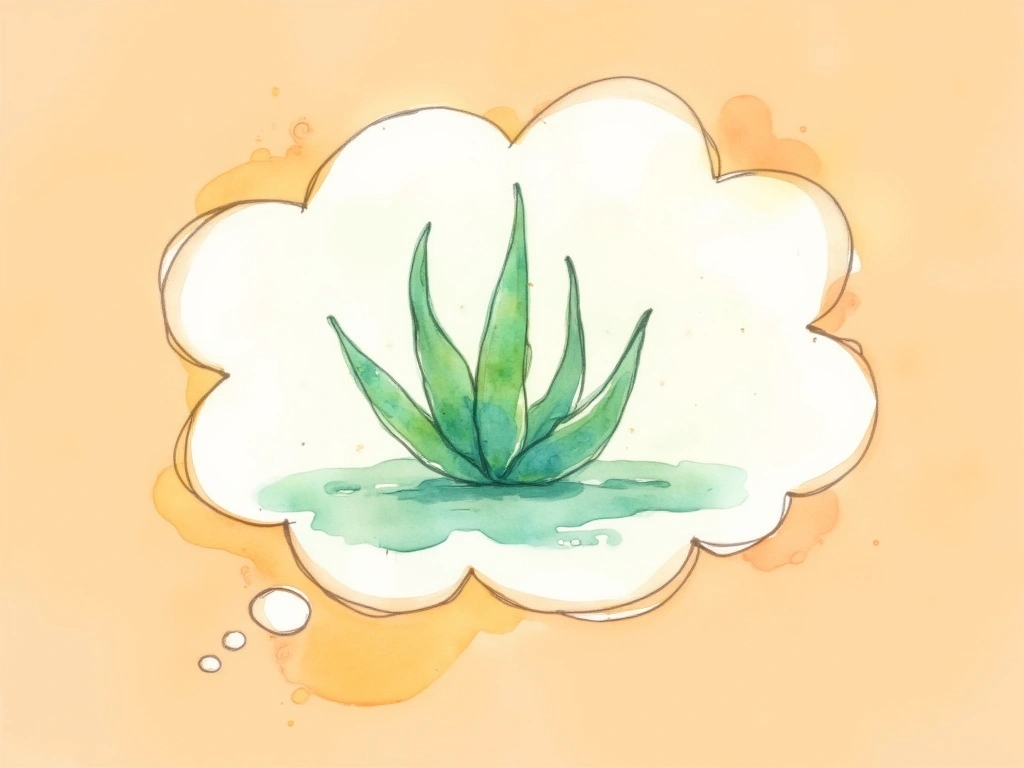
What Users Say: Real-Life Experiences with Aloe Vera for Dandruff
Beyond scientific studies, many people have shared their personal experiences using Aloe Vera for dandruff. This section looks at what users are saying, providing a real-world perspective on Aloe Vera’s effectiveness.
Success Stories: Relief and Improvement
Many users report positive results, particularly in reducing flakes and itchiness. One user saw a remarkable 70-80% reduction in flakes and complete itch relief after just one application of homegrown Aloe Vera extract [6]. Another user with seborrheic dermatitis found daily Aloe Vera application helpful for managing facial symptoms over eight months, although it wasn’t enough to clear flare-ups alone [7].
For dry scalp, users often highlight Aloe Vera’s moisturizing benefits. One person with wavy hair used fresh Aloe Vera as a hair mask and noticed their scalp flaking stopped, and their hair became softer and shinier [8]. Others simply state that Aloe Vera is a helpful pre-shower treatment for dry scalp or an effective anti-dandruff mask [9].
Mixed and Negative Experiences: It Doesn’t Work for Everyone
Despite the positive feedback, Aloe Vera isn’t a universal solution. Some users found it worsened their condition. One user reported Aloe Vera dried out their hair and scalp, describing it as astringent, which can lead to dryness [8]. Another user experienced hair fall after using Aloe Vera, though details were limited [10].
Effectiveness seems linked to the cause of flaking. As one user pointed out, Aloe Vera and oils might help if flakiness is due to dryness, but if it’s fungal, moisture might worsen it [11]. Hair type and porosity also play a role, with some users with low porosity hair advising against Aloe Vera due to frizziness or damage [9], while others with similar hair types found it beneficial [9].
How Users Apply Aloe Vera
Users employ various methods, each with varying success.
Fresh Aloe Vera is Often Preferred
Users reporting the best outcomes often use fresh Aloe Vera gel directly from the plant. Preparation usually involves extracting the gel from a cut leaf. Some users also drain the latex (the yellowish liquid) by letting the cut leaf stand vertically for up to 24 hours before using the gel [7]. One dedicated user even blends, strains, and freezes fresh aloe for regular use [7].
Different Application Techniques
- Pre-wash treatments: Applying Aloe Vera to the scalp before washing is common. Some leave it on for 15-30 minutes before shampooing [12].
- Post-wash or between washes: Some use Aloe Vera as a spot treatment for itchy areas or as a diluted final rinse after washing [13, 10]
- Overnight application: While some users reported success with overnight application [10], others caution against prolonged scalp wetness [14].
Combining Aloe Vera with Other Ingredients
To boost effectiveness, users often mix Aloe Vera with other ingredients:
- Oils: Combining Aloe Vera with oils like vitamin E oil or coconut oil is common [9, 7]
- Panthenol: One user with severe seborrheic dermatitis used a DIY Aloe Vera gel with panthenol [15].
- Tea tree oil: Combining Aloe Vera gel with tea tree oil is also reported to be successful for dry, itchy, flaky scalps [13, 16]
Aloe Vera vs. Conventional Dandruff Treatments
Many users turn to Aloe Vera after being dissatisfied with traditional dandruff treatments. One user found that while ketoconazole and coal tar shampoos provided only short-term relief, Aloe Vera offered more lasting results [6].
However, some find conventional treatments more effective. One user switched from natural shampoos to Head & Shoulders anti-dandruff shampoo and experienced significant improvement [17].
For severe dandruff or seborrheic dermatitis, users often find Aloe Vera most helpful as part of a broader treatment plan. One user with severe seborrheic dermatitis emphasized a multi-pronged approach involving biofilm disruption, targeting Malassezia, and skin barrier repair, with Aloe Vera supporting skin barrier recovery [15].
Key Factors Influencing Aloe Vera’s Effectiveness
User experiences highlight several factors that seem to determine how well Aloe Vera works for dandruff:
- Type of Scalp Condition: Aloe Vera seems more effective for dry scalp than fungal-related dandruff. Understanding the cause of flakiness is crucial.
- Quality and Preparation: Fresh Aloe Vera directly from the plant is often favored over commercial products, which may contain additives [11]
- Individual Scalp and Hair: Individual scalp chemistry, hair porosity, and texture influence results.
- Application Consistency: Regular and consistent application is important for managing dandruff with Aloe Vera.
When Aloe Vera Might Not Be Right
Aloe Vera isn’t for everyone. Those with fungal-related dandruff might find that the added moisture worsens their condition [11] and antifungal treatments might be more suitable. Negative reactions like dryness, frizziness, or hair loss warrant discontinuing use.
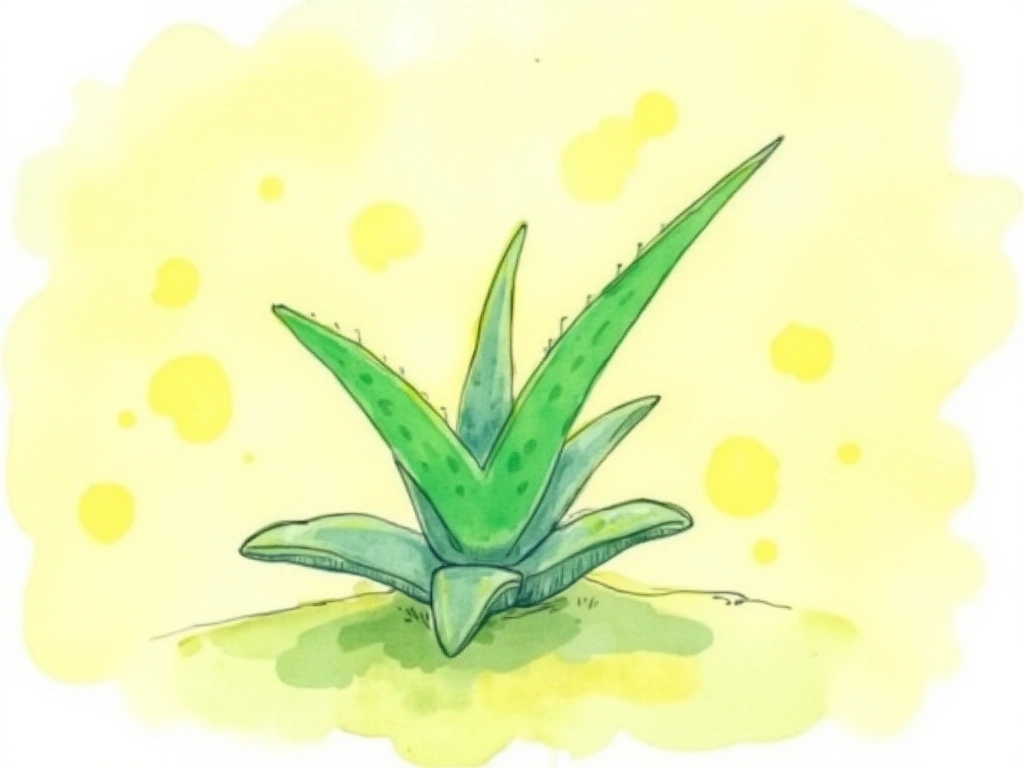
Conclusion and Key Takeaways
Aloe Vera presents a mixed bag of results for dandruff, with user experiences varying significantly. For many, especially those with dry scalp, it offers noticeable relief from flakes and itchiness due to its moisturizing, soothing, and potentially antimicrobial properties.
However, its effectiveness is not guaranteed and depends on factors like the underlying cause of dandruff, individual hair and scalp traits, and application methods. While some see rapid improvement, others experience limited or adverse effects.
For those considering Aloe Vera, starting with fresh gel, testing a small area, understanding your scalp condition, and experimenting with application are recommended. For persistent or severe dandruff, consider Aloe Vera as part of a comprehensive strategy and consult a dermatologist if needed.
- Aloe Vera’s antifungal and anti-inflammatory properties may help manage dandruff, especially related to Malassezia furfur.
- Research supports Aloe Vera’s potential, particularly for seborrheic dermatitis, a condition closely linked to dandruff.
- User experiences are mixed; many report positive results, especially for dry scalp and mild dandruff, but some experience negative effects.
- Fresh Aloe Vera directly from the plant is often preferred by users for better results.
- Consistency and proper application are key to seeing potential benefits.
- Aloe Vera is not a universal solution and may not be suitable for all types of dandruff, especially fungal-related conditions.
- For severe or persistent dandruff, consult a dermatologist and consider Aloe Vera as part of a broader treatment approach.
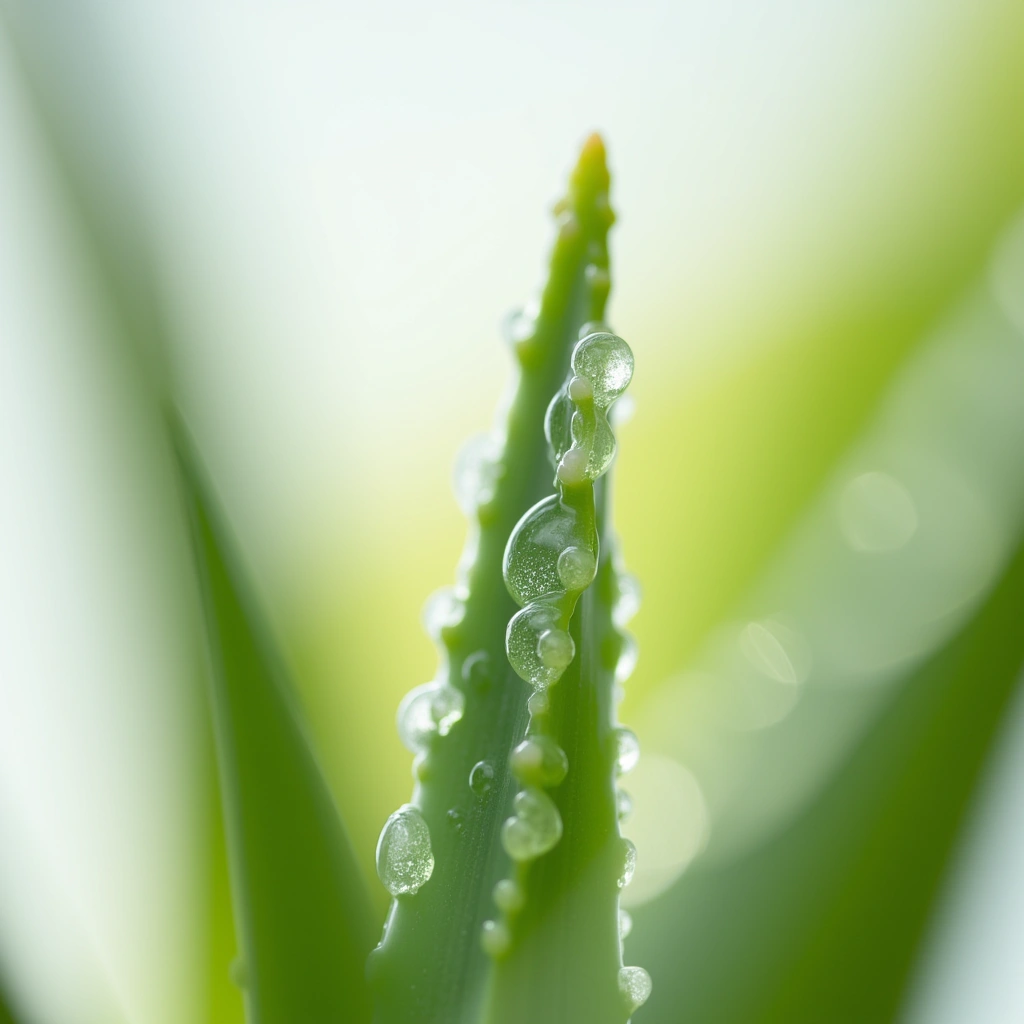
No Comments
Be the first to start a conversation